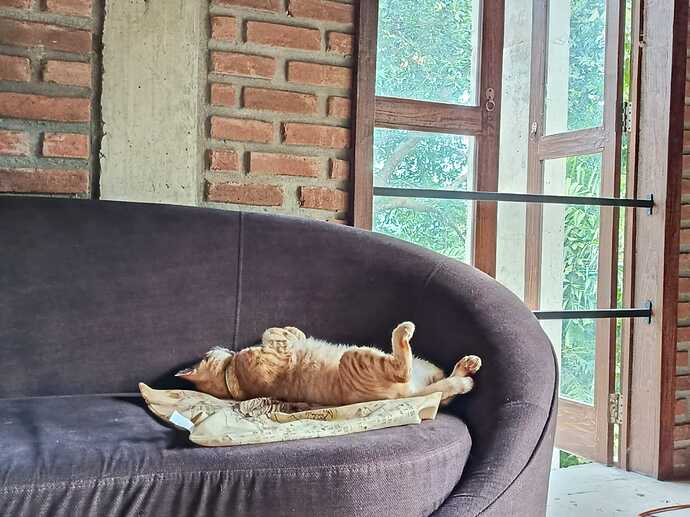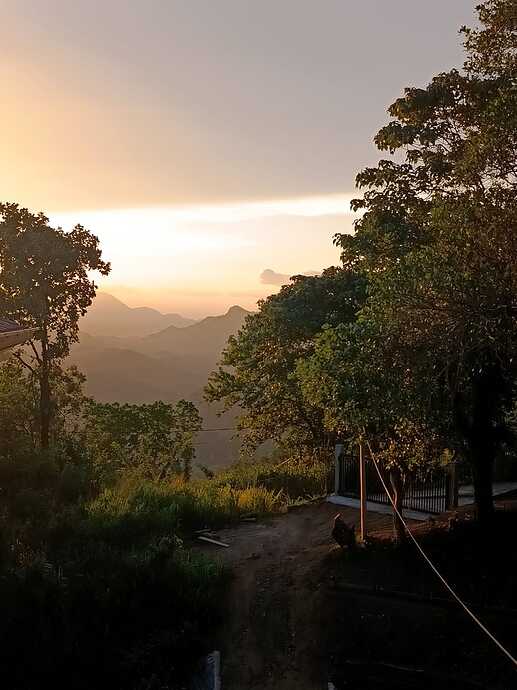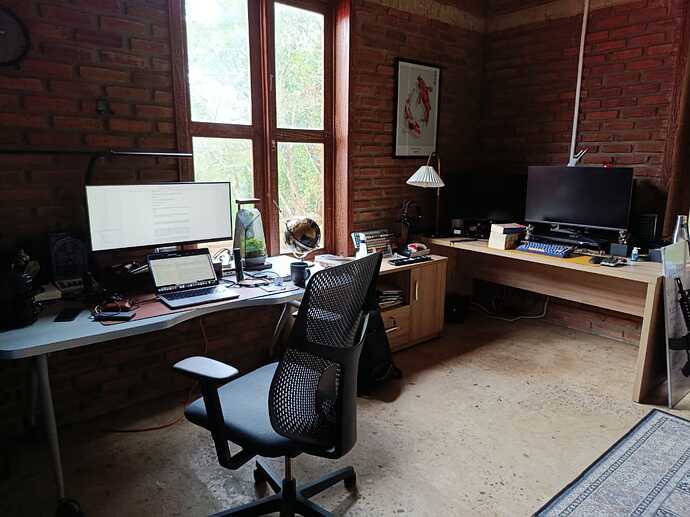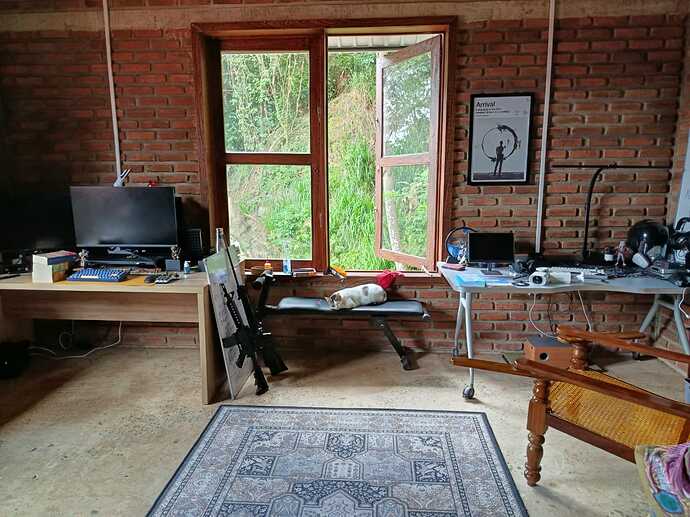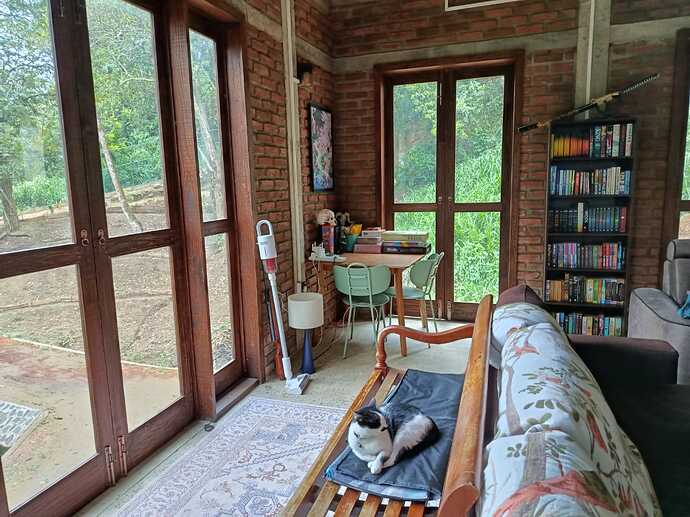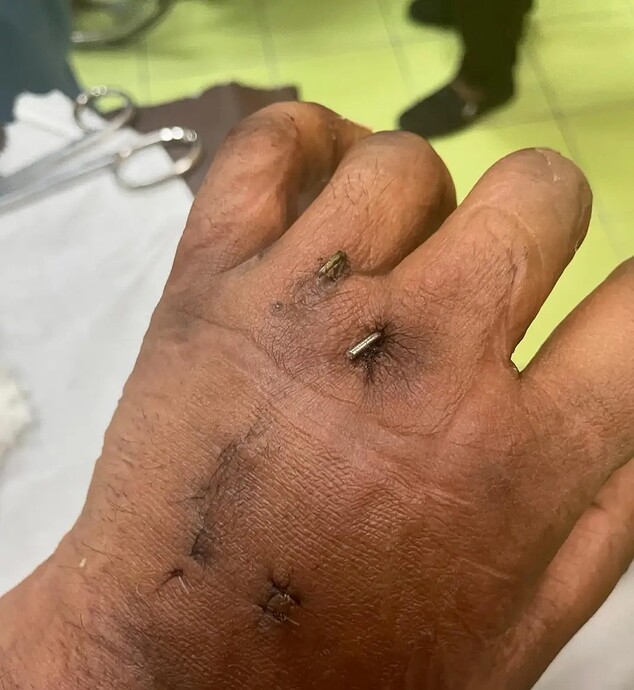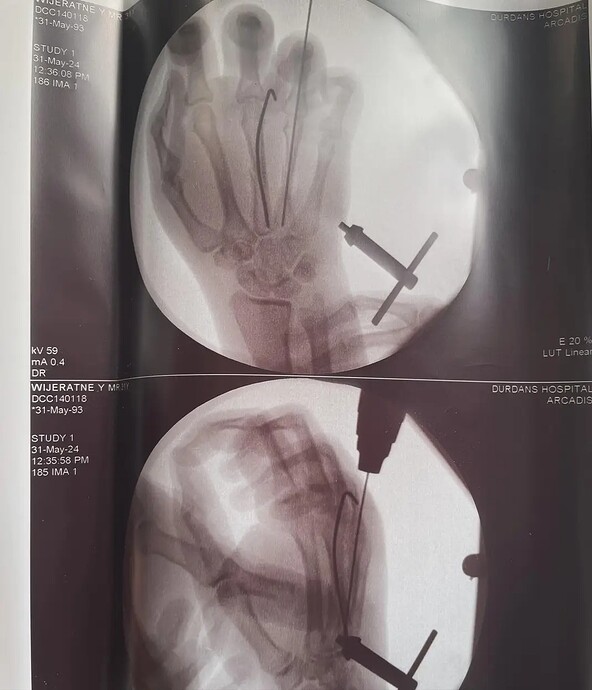Hey, folks. I hope this is the right place in EarthOS to post my adventure log.
In 2019, I embarked on a project to build myself a cottage in the mountains. The location is Kandy, Sri Lanka. The dream was retirement by the age of 30; sans rent, expensive electricity utilities, etc, living simply and focusing on creative work. I found some very fertile land for very cheap (about $5000). I would of course have to build roads and infrastructure, but water was plentiful and the soil and climate were excellent, able to easily survive (+/- 2 degrees Celcius in potential climate-change induced weather systems).
A map here:
In subsequent years, the economic collapse of Sri Lanka pushed me to do research into all sorts of interesting methods, as prices for food, concrete and steel spiraled out of control (see our weekly food price tracker at Watchdog Inflation Visualisation / Ishan Marikar | Observable).
In short, the Sri Lankan state failed almost completely in 2022. A sudden overnight ban on chemical fertilizers nuked the nation’s agricultural output, national bankruptcy took out our ability to import fuel (which in turn took out cooking, transport, and electricity for long periods). The Sri Lankan rupee went from 190 to a dollar to 364 to a dollar, sending prices for everything imported - which is almost everything - further through the roof.
So this is what I’m working on right now: a house built almost entirely with earthbags, using as little concrete as possible. Entirely solar-powered, with energy storage being either entirely Li-ion or lead-acid, depending on cost and repairability.
Alongside the house, a farm, relying on hot and cold organic composts to power permaculture guilds of a broad mix of vegetables, fruits and greens.
Some of you might know I run a small team of oddball journalists, data scientists and software developers called Watchdog . . .because of the interest in this project, and the lack of data around such farming in Sri Lanka, we have set up a unit within the organization that will transition to being farmers.
We have a wiki of seedstock, growable plants, harvest conditions, beneficial interactions with other plants, and invested in other farms around the country with a variety of terrain (from beachside to urban rooftops) to carefully document inputs, outputs and the road to what we think of as “food resilience” - where you can survive supply chain disruptions, and barter tools and knowledge while minimizing use of currency. For example, here is a log of the farm in Arugam Bay, where conditions are very different.
We are now expanding into arming the farms with equipment - lots of DIY stuff, shared makerspaces between farms (starting with carpentry workshops and going up the tech tree from there), even some projects to help with farm monitoring. Some of this is inspired by the Witness project and various self-reliant communities within it that work together to build infrastructure. We call this the Apocalypse Gardens. The full project is not yet public, but will be.
My personal log for my project is here - https://yudhanjaya.com/The-Earthbag-Homestead-eb49ac4995fd4c1f893d91a567941454 - it is “The (Mostly) Benevolent Dictatorship of Wijeratne”, a sort of parody micronation that prides itself on being an extremely petty oligarchy with an inefficient bureaucracy, modelled, of course, on Sri Lanka.
The parody element is just me having fun; the serious part is documenting everything. If anyone’s interested in the project, or has interesting ideas to throw at me, please let me know!
Tagging @alberto (since documentation has now begun) and @hugi (for the spark that took it from ‘writer’s cottage’ to ‘Avantgrid / Assembly lite’)
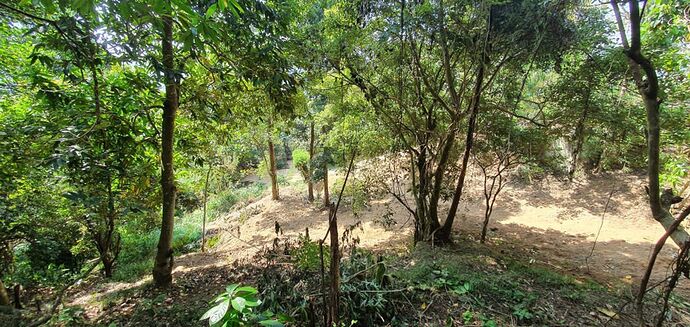
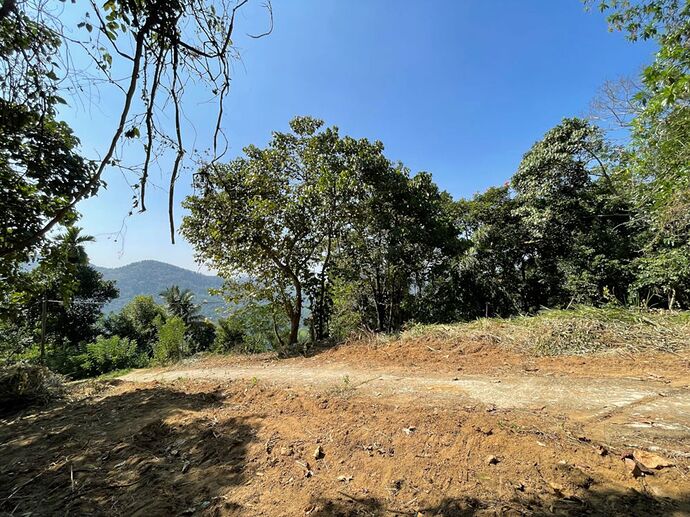
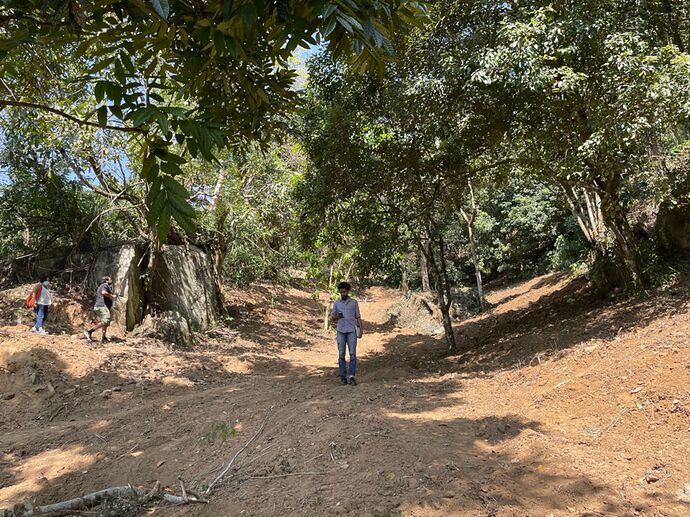
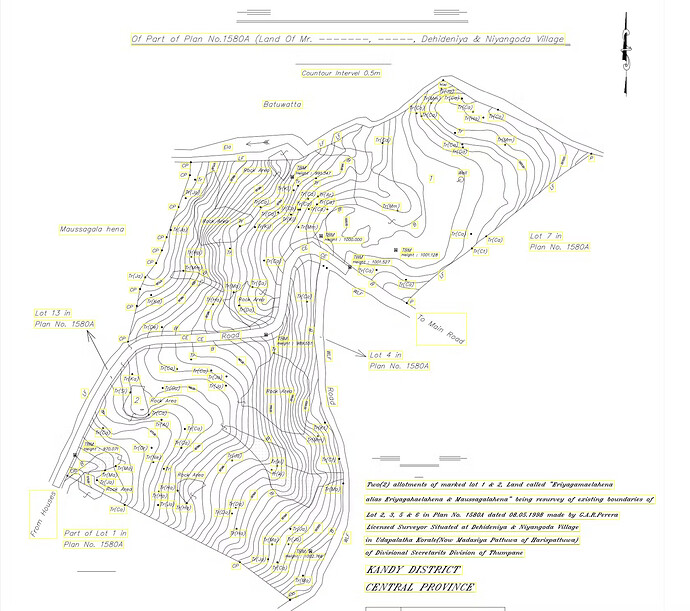
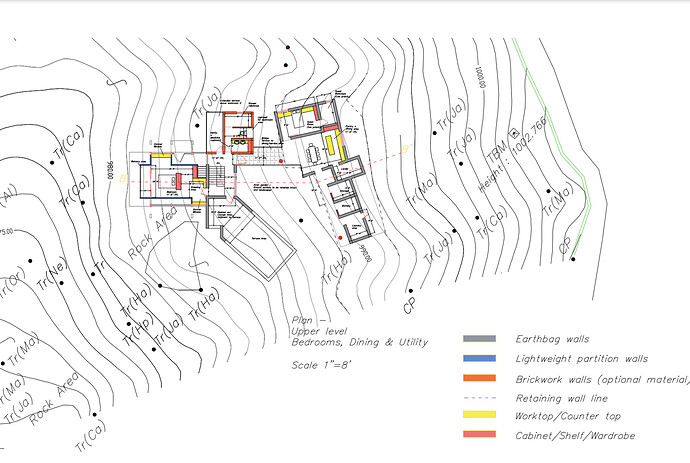
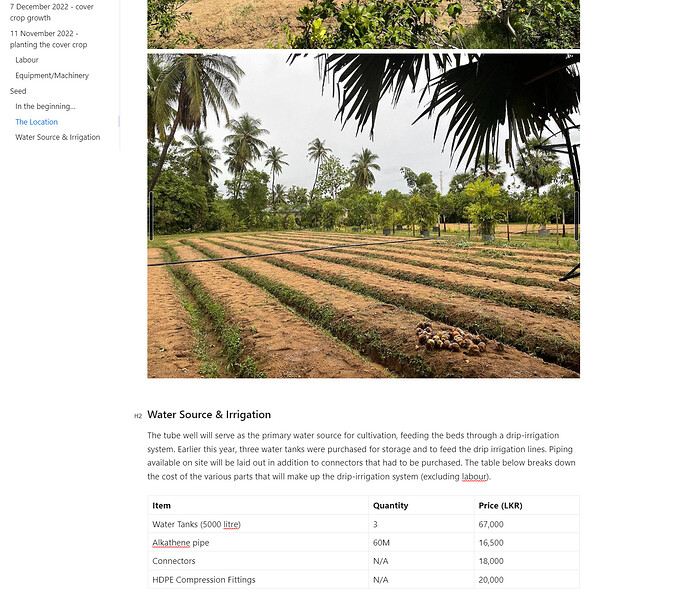
 For now they have a dreamy quality to it for those of us never having built anything with their hands.
For now they have a dreamy quality to it for those of us never having built anything with their hands.